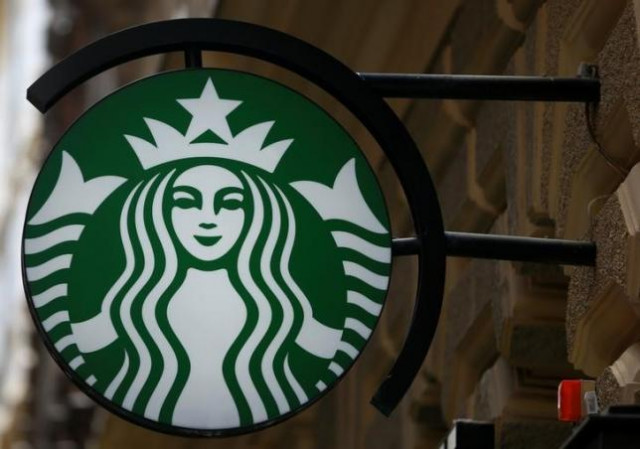Starbucks sets new policy: 'Buy or bye'
Customers will no longer be allowed to use the Starbucks' restrooms or hang around without buying anything.

Starbucks is set to introduce a new policy in its North American stores, requiring customers to make a purchase before using the facilities or lingering in its cafes.
This change, which will effect on 27 January, significantly shifts from the coffee giant's 2018 open-door policy.
Under the updated rules, non-paying customers will no longer be allowed to use the store's restrooms or hang around without buying anything.
The policy reversal is part of Starbucks' broader strategy to improve customer experience and tackle operational issues, including long drive-thru lines and mobile order backlogs.
The new code of conduct, which also addresses prohibited behaviours such as harassment, smoking, alcohol consumption, drug use, and panhandling, will be displayed in all company-owned locations across the region.
Staff will be instructed to enforce the new rules, and employees can call the police if necessary.
This move follows Starbucks' efforts to recover from a series of challenges, including flagging sales and public backlash over price hikes and its support for Israel.
The policy change aims to prioritise paying customers and create a more welcoming environment for those who want to enjoy their drinks and relax in the cafes.
Brian Niccol, who became Starbucks' CEO last year, oversees the transformation. Niccol, previously CEO of Chipotle, is focused on revitalising the brand and enhancing the in-store experience.
One of the key elements of this strategy is a shift back to what Starbucks calls "its true identity"—a community gathering space where paying customers can enjoy a comfortable atmosphere.
Social media users criticised Starbucks' new policy calling it greedy and terrible.
1736840612-0/Tribune-N-(2)1736840612-0.jpg)
Photo: ScreenGrab
The new policy comes after Starbucks faced safety concerns in some locations, leading to the closure of 16 stores in 2022 due to incidents involving drug use and other dangerous behaviour.
While the company works to improve its internal environment, it is also celebrating cultural diversity in other regions. Starbucks has recently launched a series of stores in China to celebrate the country's intangible cultural heritage, blending coffee culture with traditional Chinese crafts.
This tighter policy in North America, designed to improve the overall cafe experience, marks a new chapter for Starbucks as it navigates challenges in the competitive coffee market.
Customers who want to enjoy the atmosphere or use the facilities will now need to purchase, signalling a move towards a more selective, paying customer base.



















COMMENTS
Comments are moderated and generally will be posted if they are on-topic and not abusive.
For more information, please see our Comments FAQ